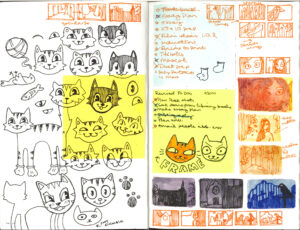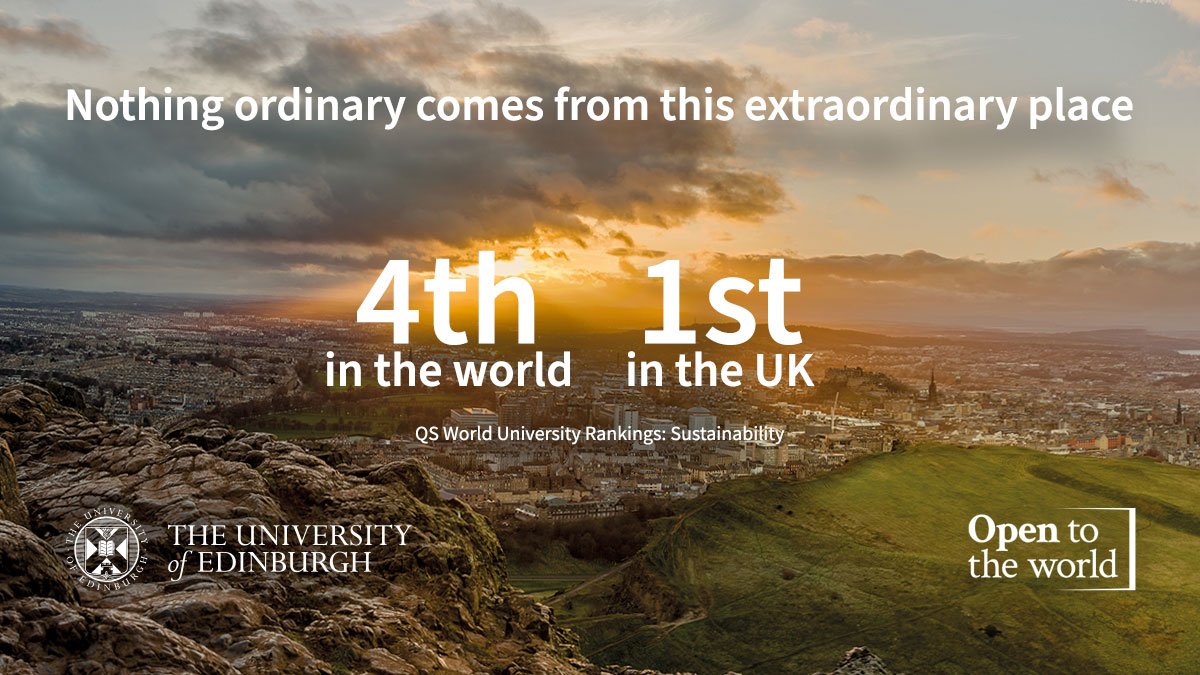Last week I established that all types of animation have their environmental issues on an industrial scale, and this week I would like to investigate my own relationship with the environment and design work.
I claimed that “the animation industries’ most biggest offence is its usage of unsustainable energy resources.” To elaborate on this- whilst the act of animation does produce waste/use resources, the biggest source of damage from the industry is the rendering and post production of the animations. At this point of the process, carbon emissions are at their highest as rendering uses up a lot of electricity. The average animation post-production produces around 5.5 tonnes of CO2 emissions per hour, according to the BAFTAS 2016 report. Compared to live-action productions 9.2 tonnes per hour, I thought animation was doing decently, but as William McDonough said, ‘Being “Less Bad” is No Good’.
As these emissions don’t apply to me just yet, I thought it would be better for me to think about the impacts of my own work, on a student scale. I think that the start of my process is relatively harmless, I use my sketchbooks for pre-production designs and storyboards, with no paper waste.

I then move to digital to expand upon these designs, animate and edit. My personal process doesn’t use rendering, and my post-production is usually quite a small task. I think the animation itself for me is my most consumptive part, as it is the longest section of the process. I mostly animate in our studios on the ECA campus and use electricity there.

The University of Edinburgh has a Climate Change Strategy, the goal of which is to be carbon by 2040. This is still quite far into the future, but I feel more confident using the university’s electricity than in other places where I can’t be sure how it is sourced. As of 2016, the University claimed that “renewable energy will represent the largest single source of electricity growth over the next five years, becoming the dominant energy source by the time our undergraduates reach middle age.” and that by 2025 they will have reduced their emissions by 50%. I can feel confident about using my department’s resources knowing this, as some of our equipment is electricity heavy. As for other work, such as building sets and models, I am sure to use as much recycled material as possible, usually from The Free Use Hub, but sometimes make new purchases from the ECA store. Again, I feel confident purchasing from here as in 2022 they won a Changemaker Award for their efforts towards sustainability.

I do worry about how joining the industry might affect my personal footprint, but a lot of studios are actively working on their sustainability – for example Aardman have strict sustainability goals, Kajawood are investigating recycling their waste heat into their central heating system, and Pixar uses renewable energy to run their studios.
Bibliography
- Taylor, C. (2024). VFX AND SUSTAINABILITY: REDUCING CARBON FOOTPRINT, ITS IMPORTANCE AND MORE. [online] VFX Voice Magazine. Available at: https://www.vfxvoice.com/vfx-and-sustainability-reducing-carbon-footprint-its-importance-and-more/.
- Royal Television Society. (2021). Sustainable TV – myth or reality? [online] Available at: https://rts.org.uk/article/sustainable-tv-myth-or-reality
- Braungart, M. and Mcdonough, W. (2002). Cradle to Cradle : remaking the way we make things. London Vintage.
- Climate Strategy ZERO BY 2040 ZERO BY. (2016). Available at: https://estates.ed.ac.uk/sites/default/files/2024-08/The%20University%20of%20Edinburgh%20Climate%20Strategy%202016-2026.pdf
- Ed.ac.uk. (2023). Changemakers one year on: reusing materials at Edinburgh College of Art – Social Responsibility and Sustainability. [online] Available at: https://blogs.ed.ac.uk/sustainability/2023/changemakers-one-year-on-reusing-materials-at-eca/
- Aardman Studios. Environmental & Sustainability Charter | Aardman. [online] Available at: https://www.aardman.com/about/environmental-and-sustainability-charter/.
- Kajawood Studios. (2024). Environmental Policy – Kajawood Studios. [online] Available at: https://www.kajawood.com/environmental-policy/
- The Walt Disney Company (2024). Environmental Goals. [online] Disney Social Responsibility. Available at: https://impact.disney.com/environmental-sustainability/environmental-goals/.
Image Credits
- Social Responsibility and Sustainability. (2022). University ranks first in UK for sustainability | Sustainability | Social Responsibility and Sustainability. [online] Available at: https://sustainability.ed.ac.uk/news/2022-news/university-ranks-first-in-uk-for-sustainability [Accessed 23 Jul. 2025].

